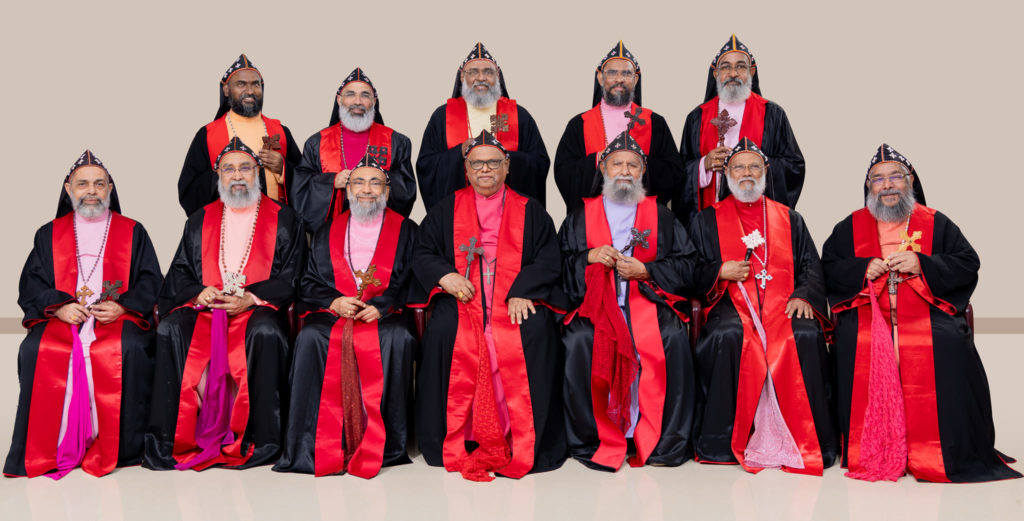The Archbishop of Utrecht, Bernd Wallet, will take part in the celebration next Saturday, 10 February, in Tiruvalla in the Indian state of Kerala, at which the Old Catholic Churches of the Union of Utrecht will enter into full ecclesial communion with the Malankara Mar Thoma Syrian Church. This contributes to the reconciliation of the Christian churches in the East and West. The faithful can now participate fully in the life of both churches. Ecumenical dialogue thus connects people across ecclesiastical, cultural and theological boundaries.
This agreement was worked on for more than 15 years, including by a commission of theologians. In their joint declaration, they emphasise that the churches have common roots in the faith of the early church, a rich sacramental spirituality and a similar organisation with bishops and synods. Furthermore, they value their connection to their social and cultural environment and have a strong ecumenical orientation. The agreement to be signed on 10 February includes the mutual recognition of ministries and sacraments as well as unrestricted access for members of one church to the ecclesiastical life of the other. The Old Catholic Churches already have similar agreements with the Churches of the Anglican Communion, the Iglesia Filipina Independiente and the Church of Sweden.
Being church across geographical and cultural boundaries
The Most Rev’d Bernd Wallet, Archbishop of Utrecht and President of the International Old Catholic Bishops’ Conference of the Union of Utrecht, emphasised that this step was a sign of hope for ecumenism: “Sometimes it seems that ecumenism is at an impasse. But this historic step shows that the Holy Spirit is always encouraging us to work for the restoration of unity among Christians. Moreover, this rapprochement across continents emphasises that worldwide communion is part of the Catholic faith. It is particularly encouraging to see how the Church in India is flourishing. While many churches in Europe seem tired, there is little sign of this in India, despite having a history at least as long as that of European Christianity. According to tradition, the Mar Thoma Church was founded by Saint Thomas the Apostle in the year 52.”
Autonomous and community orientated
The Mar Thoma Church and the Old Catholic Churches are both autonomous and at the same time community orientated. The special profile of the Mar Thoma Church is that it combines both Syrian and Indian heritage and absorbed influences from the Anglican Church and the ecumenical movement in the 19th and 20th centuries. Its historical development also includes the fact that it did not take part in the Council of Chalcedon (451) with its doctrine of the two natures in Christ, the divine and the human. This seemed to be a problem in the dialogue for a long time, until it became clear that the Mar Thoma Church was not concerned with rejecting this doctrine of two natures, but that it had simply taken a different path of its own through history. Both churches confess Christ, albeit in different words, as fully divine and fully human. This different perspective has divided the churches, including the Malankara Mar Thoma Syrian Church and the Old Catholic Churches, for a millennium and a half, but has now been formally overcome.
The future of Catholic-Protestant ecumenism
Together, the two churches also manage to surprise: they unite things that are often seen as either typically Protestant or typically Catholic. For example, both churches have bishops and synods, both have a sacramental liturgy and a strong focus on the Holy Scriptures, a strong historical awareness and at the same time a focus on the culture of the present. This combination also brings them together. In this way, they are perhaps even a model for the future of Catholics and Protestants who are trying to come together ecumenically.
The joint declaration on which the agreement establishing church communion is based is published in the Internationalen Kirchlichen Zeitschrift (2024). For further information see: https://www.ikz.unibe.ch

